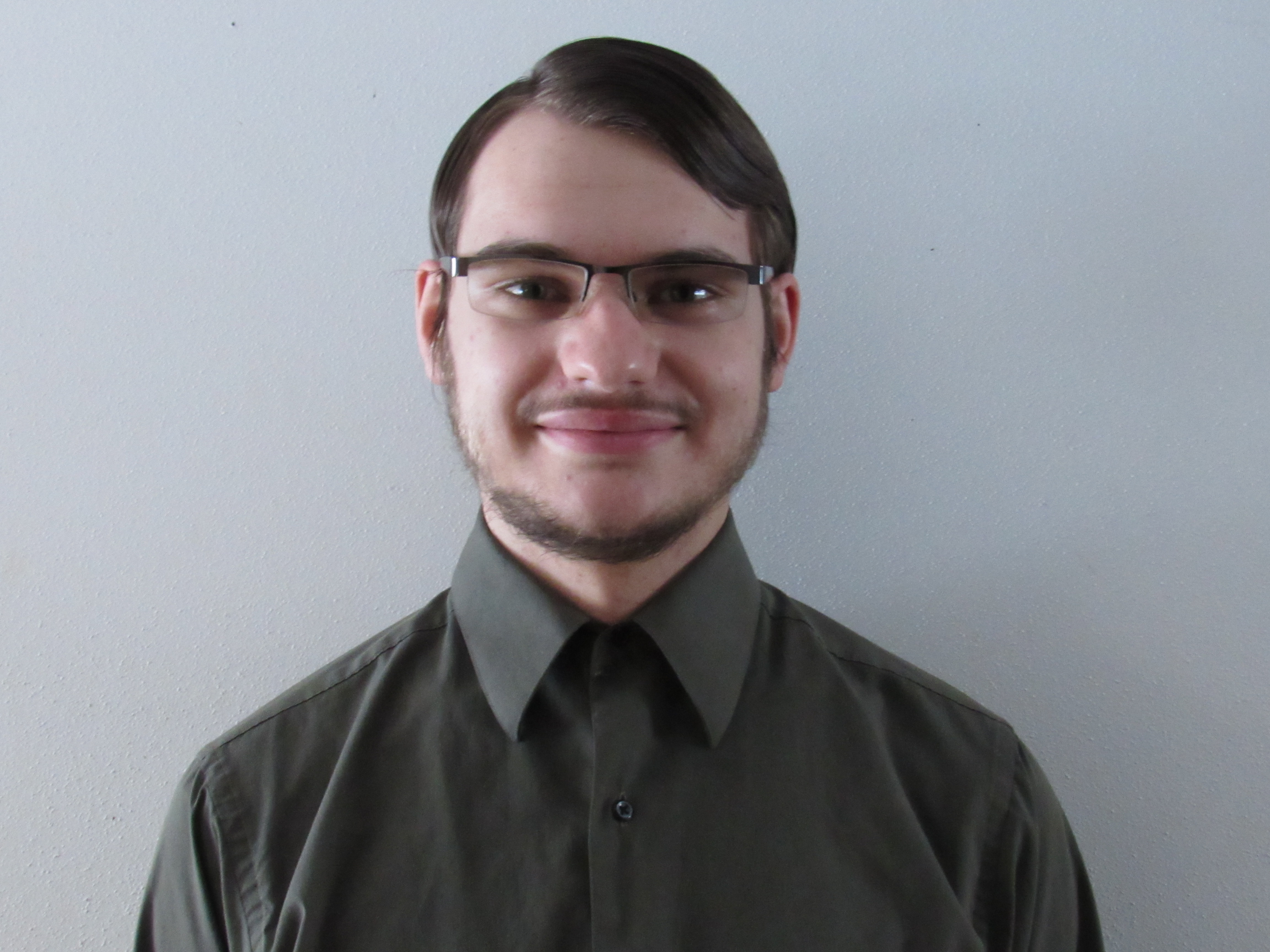Celebration of Scholars
Archetypes and Allegory: Jungian Archetypes in The Faerie Queene

Major: English
Hometown: Pleasant Prairie
Faculty Sponsor:
Other Sponsors:
Type of research: SURE
Funding: SURE
Abstract
The goal of this project was to discover whether Jungian archetypes could be found within Books One and Two of Edmund Spenser’s The Faerie Queene. While people have tracked Jungian ideas within Spenser’s work before, this project attempted to find archetypes not through the behaviour of certain characters, but through the appearance of psychic markers that Jung believed signaled an archetypal encounter in dreams. It is through this difference of approach that a new perspective was hoped to be gained. This was accomplished through research of Jung as a primary source, especially his collected writings in The Archetypes and the Collective Unconscious, and through extensive close reading of The Faerie Queene itself. The conclusion of this project is that Jungian archetypes, as evidenced by psychic markers, do exist within Books One and Two of The Faerie Queene. In fact, as was discovered over the course of the research, it is possible to track a psychic narrative made up of these archetypes which in many ways mirrors the conscious thematic material of this epic allegorical poem.Submit date: Feb. 26, 2021, 5:37 p.m.
